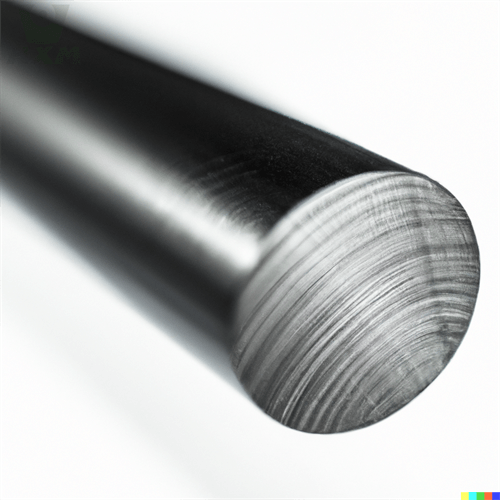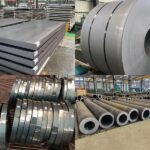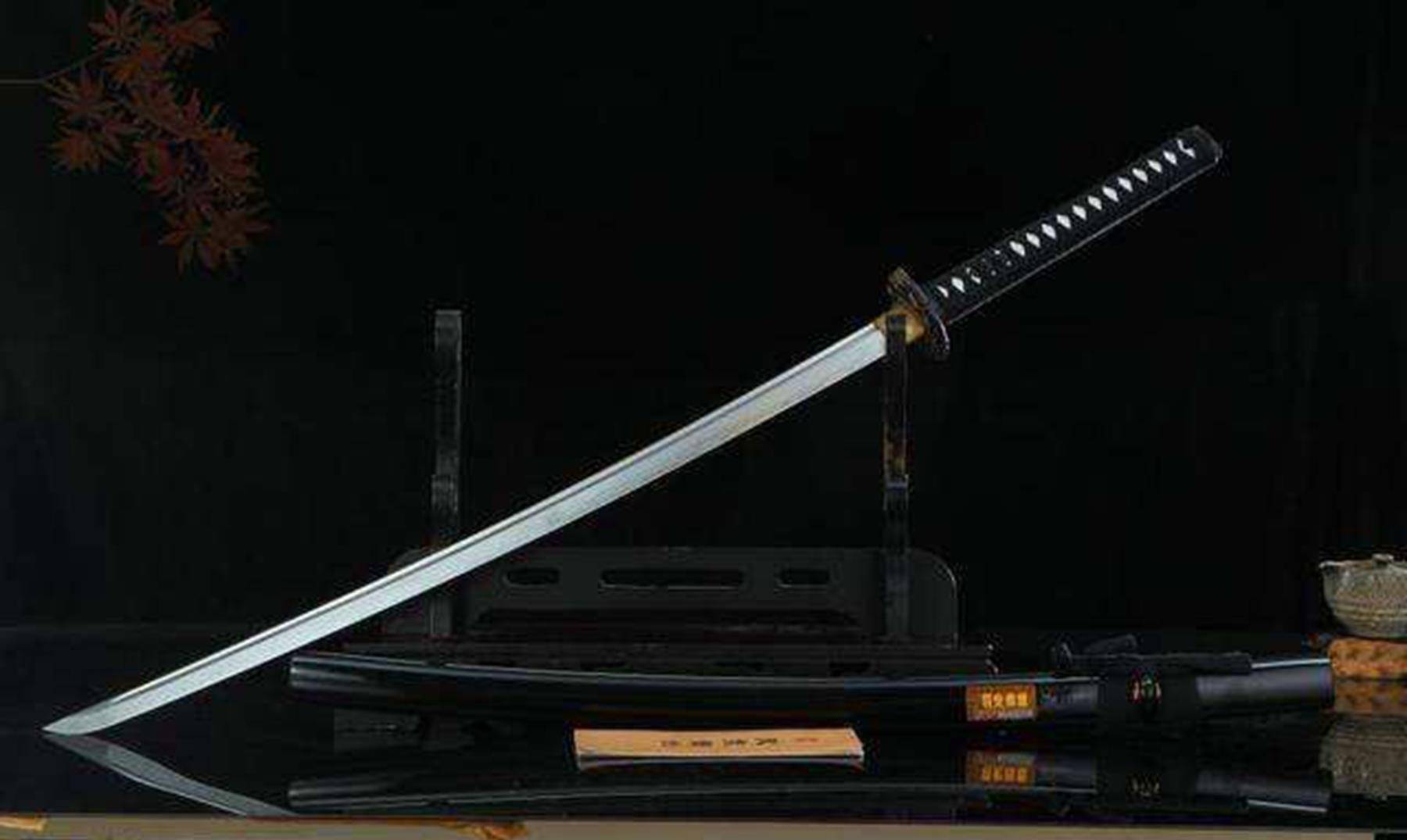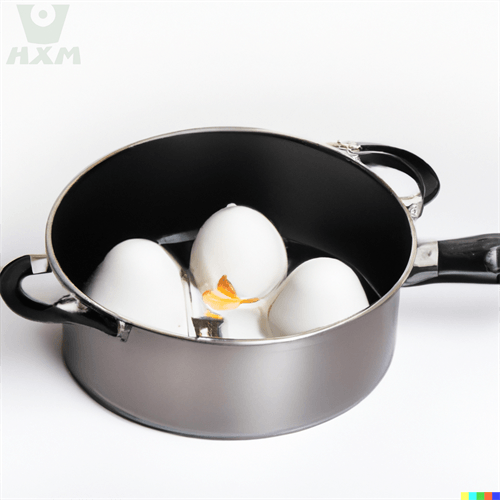Carbon steel, being the most widely utilized metallic material in modern industrial production, undergoes a multifaceted forming process that encompasses ironmaking, steelmaking, billet preparation, heat treatment, finishing, surface treatment, and more. To ensure superior performance and quality post-formation, meticulous control is essential in forging, rolling, casting, and cold drawing processes. This article provides a detailed explanation of carbon steel forming processes.
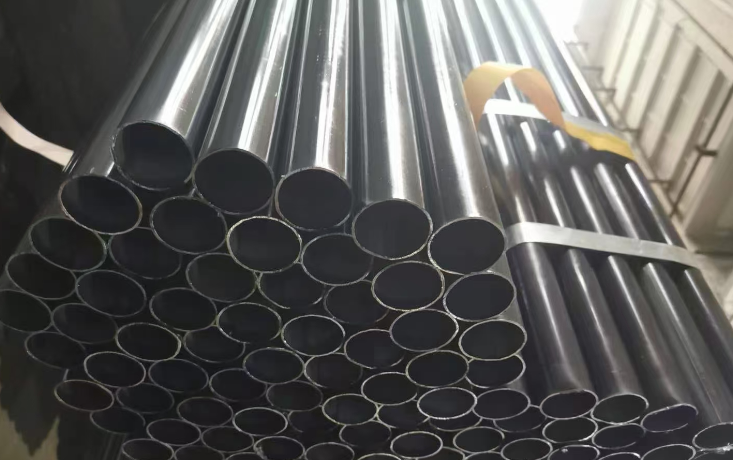
Detailed Explanation of Carbon Steel Forming Processes:
Firstly, the forging process involves placing heated metallic material under a press or forging machine, where it is shaped or sized through controlled force and speed. Forging techniques encompass free forging, die forging, and combinations of both. Its primary benefits for carbon steel include enhancing strength and hardness, improving mechanical properties, boosting corrosion resistance, reducing costs, and elevating product quality and reliability.
Secondly, rolling, a metalworking process, applies pressure to a metal block, causing it to pass through rollers, thereby altering its cross-section and shape. This process is classified into hot rolling, primarily used for steel shaping, and cold rolling, mainly for thin steel sheet production. Rolling carbon steel improves its properties and shape, necessitating precise control over process parameters like rolling temperature, speed, roll gap, and roll profile to avoid quality issues.
Furthermore, casting involves pouring molten metal into a mold to solidify into the desired shape. By casting carbon steel, the precision and surface quality of castings are heightened, catering to specific industry requirements. For instance, in investment casting, a wax pattern is crafted, coated with refractory material, hardened, dewaxed, fired, and then poured with molten metal, yielding high-quality, precise components.
Additionally, cold drawing is a common carbon steel forming process where heated metal is cooled and subsequently subjected to plastic deformation using tensile machines, stretchers, or foil feeders. This process significantly enhances dimensional accuracy, improves surface quality, and strengthens mechanical properties. Carbon steel, for instance, undergoes notable improvements in dimensional precision and surface finish after cold drawing.
Conclusion
In conclusion, carbon steel, a remarkable metal, finds extensive applications in construction, machinery, automobiles, and more. Achieving its exceptional quality and performance necessitates meticulous control over forging, rolling, casting, and cold drawing processes during formation. Hence, selecting appropriate forming techniques based on specific needs is crucial to fulfilling shaping requirements.
Why Choose Huaxia Steel?
Thank you for reading our article and we hope it can help you to have a better understanding of carbon steel forming processes. If you are looking for carbon steel suppliers and manufacturers, we would advise you to visit Huaxia Steel.
As a leading supplier of carbon steel from Shanghai China, Huaxia Steel offers customers high-quality LOW – CARBON STEEL, MEDIUM CARBON STEEL, and HIGH CARBON STEEL at very competitive prices.


